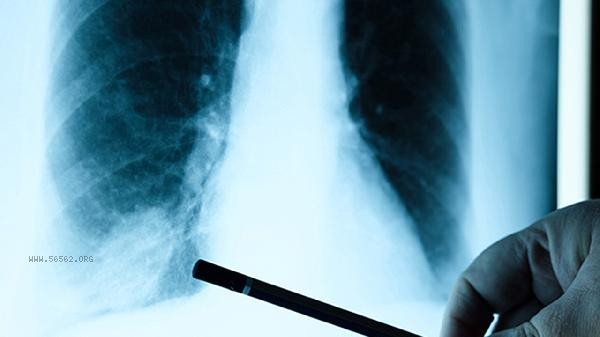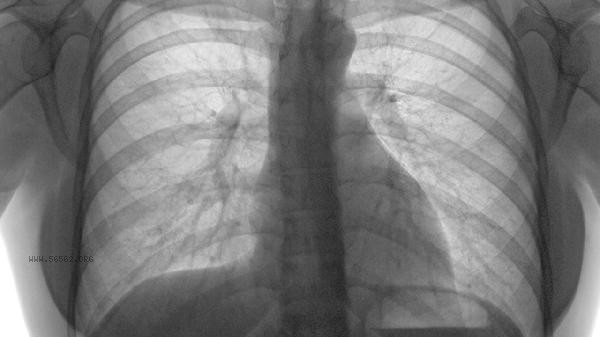Once pulmonary embolism occurs, it usually means that the pulmonary artery is blocked by blood clots, which may cause breathing difficulties, chest pain, and even sudden death. The severity of pulmonary embolism mainly depends on the size of the thrombus, the site of obstruction, and the patient's basic health condition. Common causes include long-term bed rest, varicose veins, abnormal coagulation function, tumors, and cardiovascular disease.

1. Dyspnea:
The most prominent early symptom of pulmonary embolism patients is sudden respiratory distress, especially aggravated during activity. This is due to the obstruction of pulmonary arteries by blood clots, resulting in reduced blood flow in the lungs and impaired oxygen exchange. Patients may experience symptoms such as increased respiratory rate and cyanosis of the lips. Mild embolism may only manifest as post activity shortness of breath, while extensive embolism can lead to severe breathing difficulties at rest.
2. Symptoms of chest pain: About half of patients will experience pleurisy related pain, which worsens during deep breathing or coughing and is related to pulmonary infarction or pleural irritation. If a thrombus blocks the main pulmonary artery, it may manifest as compressive chest pain, similar to angina pectoris. Chest pain is often accompanied by cold sweat and a sense of fear, and should be differentiated from acute coronary syndrome.
3. Circulation failure:
Large area pulmonary embolism can lead to a sharp increase in right heart load, manifested as jugular vein engorgement and positive hepatic jugular vein reflux sign. In severe cases, hypotension, shock, and even sudden death can occur, which is the most dangerous complication of pulmonary embolism, with a mortality rate of up to 30%. Patients may exhibit symptoms of inadequate perfusion, such as blurred consciousness and damp and cold skin.

4. Hemoptysis manifestations:
Alveolar hemorrhage caused by pulmonary infarction can lead to a small amount of hemoptysis, usually bright red or dark red sputum. Commonly seen 24-48 hours after embolization, it is related to compensatory dilation and rupture of bronchial arteries. Be alert to the differential diagnosis of diseases such as tuberculosis and lung cancer.
5. Hidden Symptoms:
Some patients only present with unexplained low-grade fever, tachycardia, or fatigue, especially in patients with chronic pulmonary embolism or repeated detachment of small thrombi. These symptoms are easily misdiagnosed as respiratory infections or heart failure, and need to be diagnosed through D-dimer testing and CT pulmonary angiography.
During the acute phase of pulmonary embolism, absolute bed rest is required to avoid the risk of increased thrombus detachment caused by vigorous activity. It is recommended to wear medical elastic socks during the recovery period to prevent the recurrence of deep vein thrombosis, and to ensure 2000 milliliters of water per day to reduce blood viscosity. Diet should choose low-fat and high fiber foods such as oats and deep-sea fish, and limit the intake of animal organs. Under the guidance of a doctor, perform respiratory training and progressive walking exercises, and regularly monitor coagulation function. When unilateral lower limb swelling and unexplained shortness of breath occur, immediate medical attention should be sought to investigate the possibility of thrombosis.









Comments (0)
Leave a Comment
No comments yet
Be the first to share your thoughts!